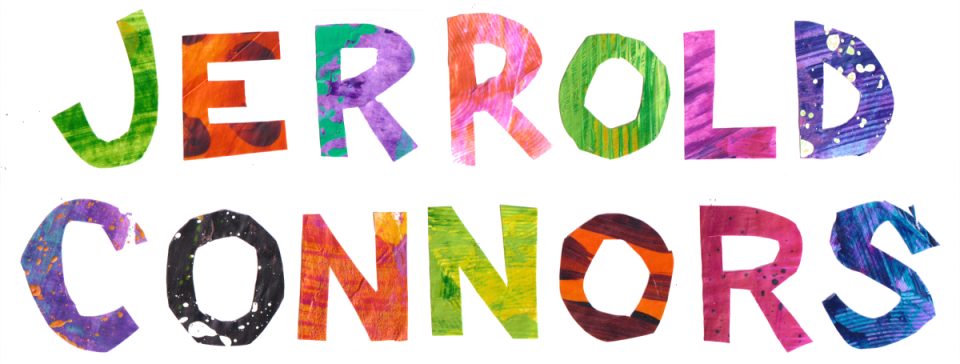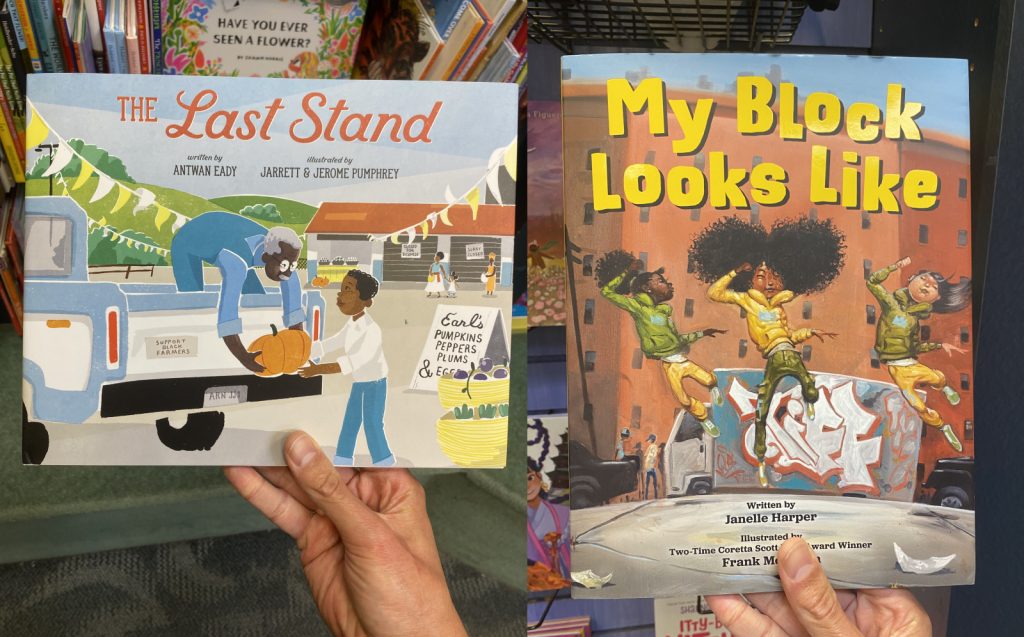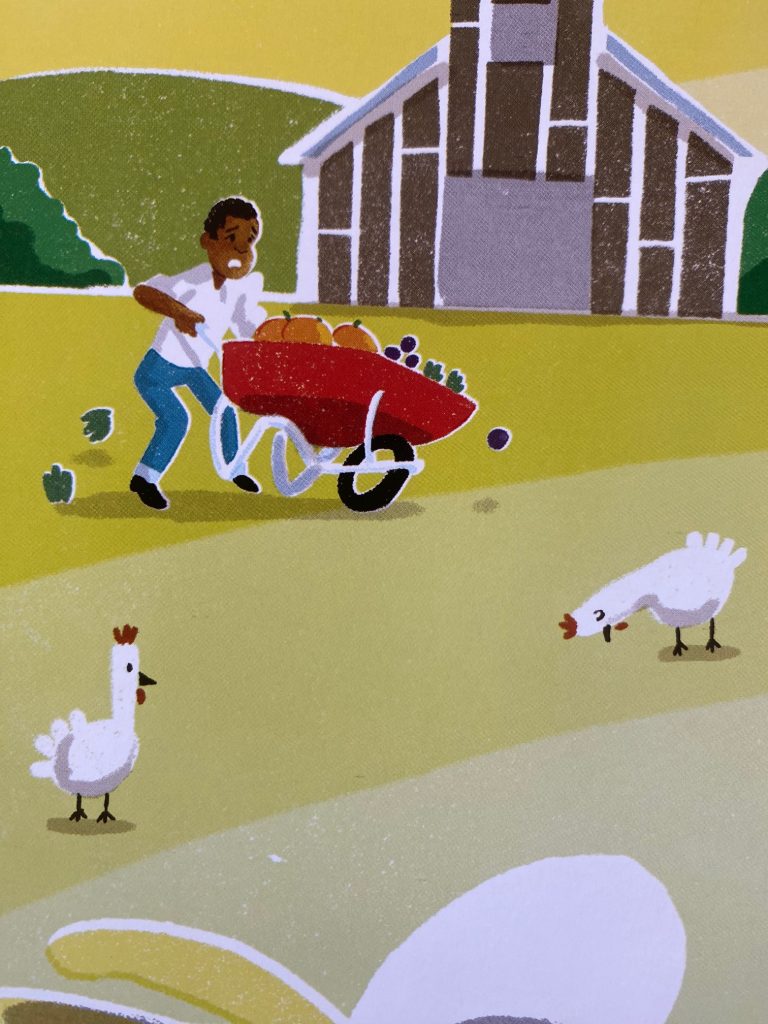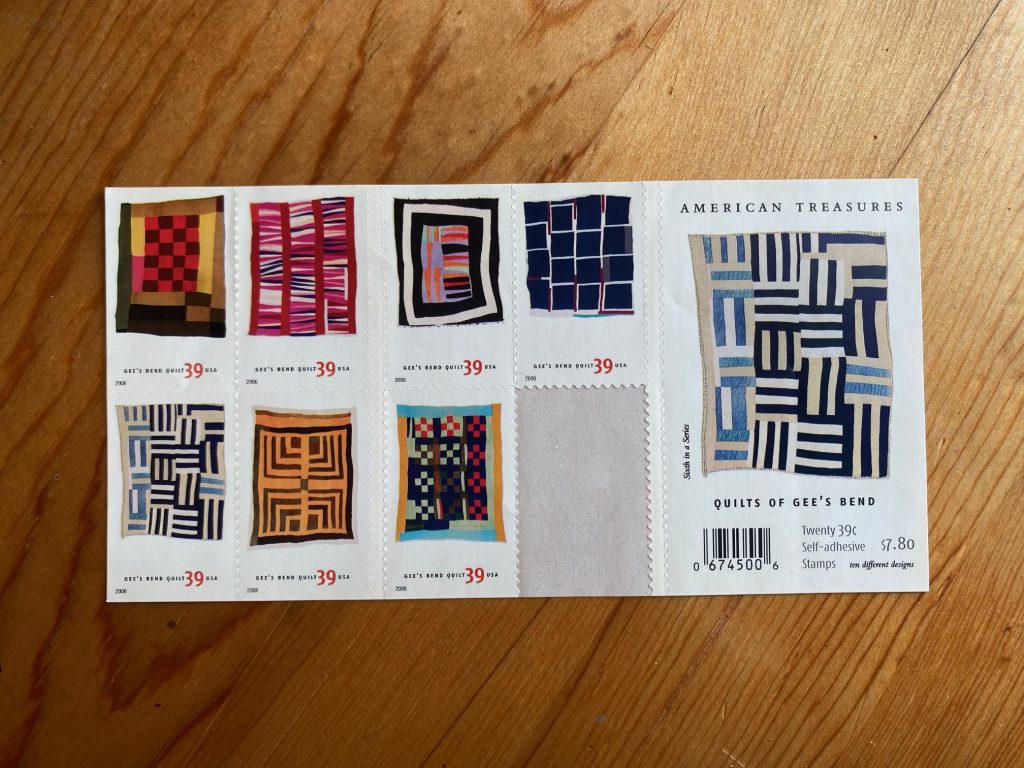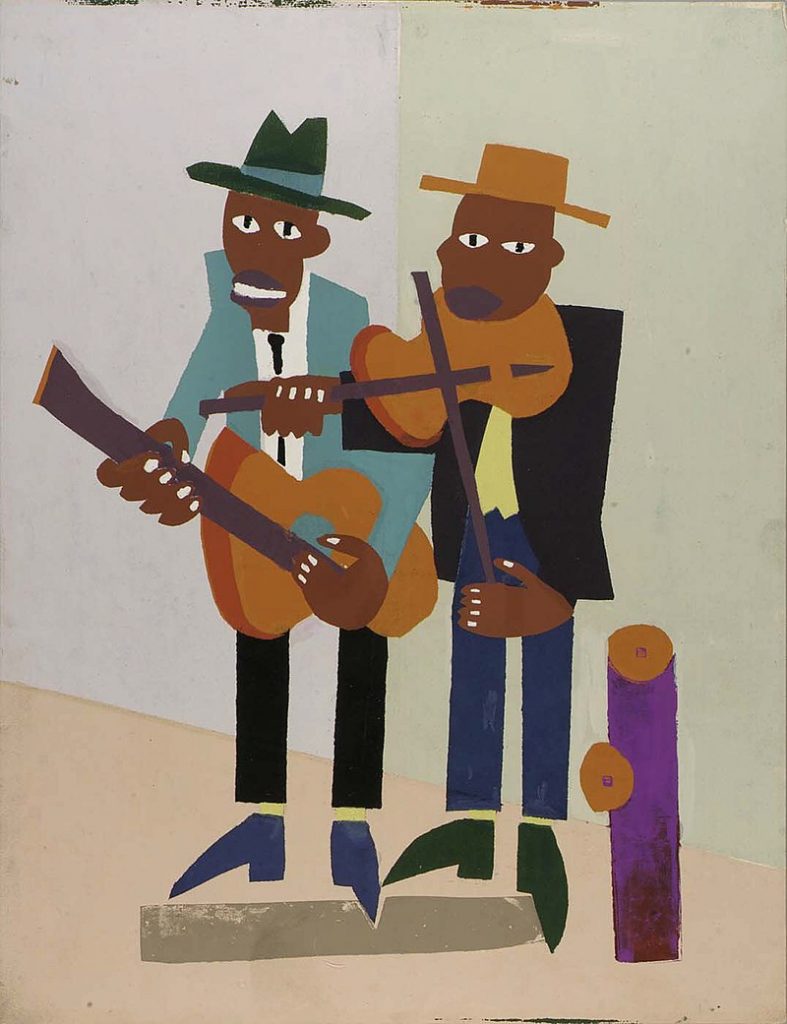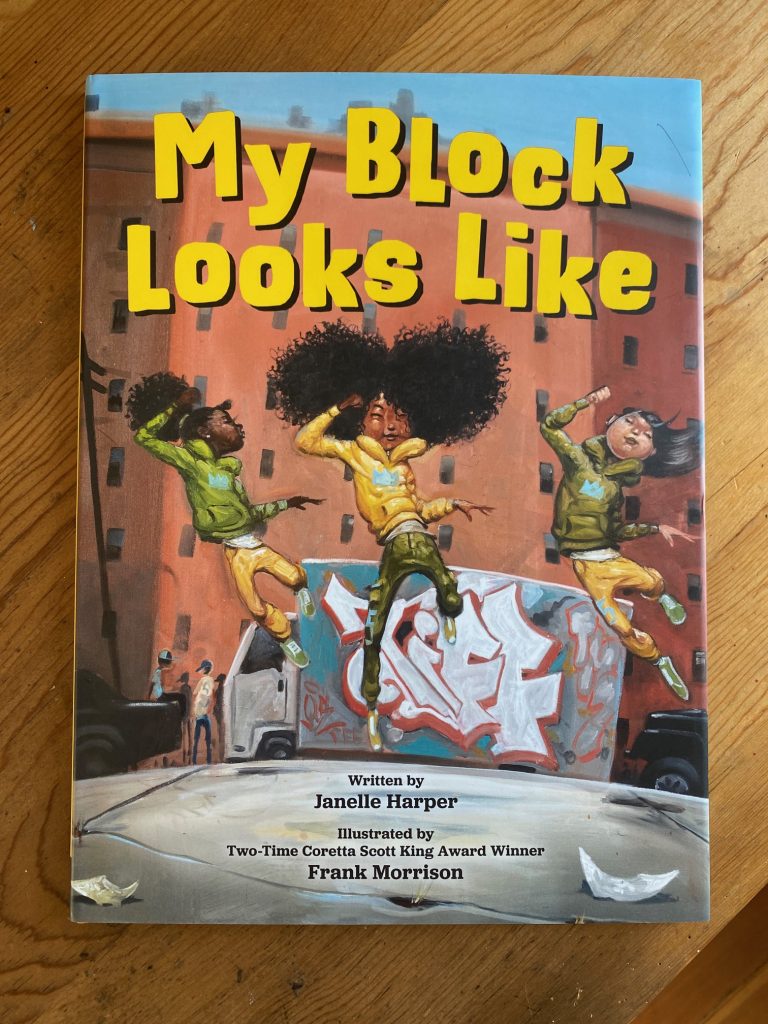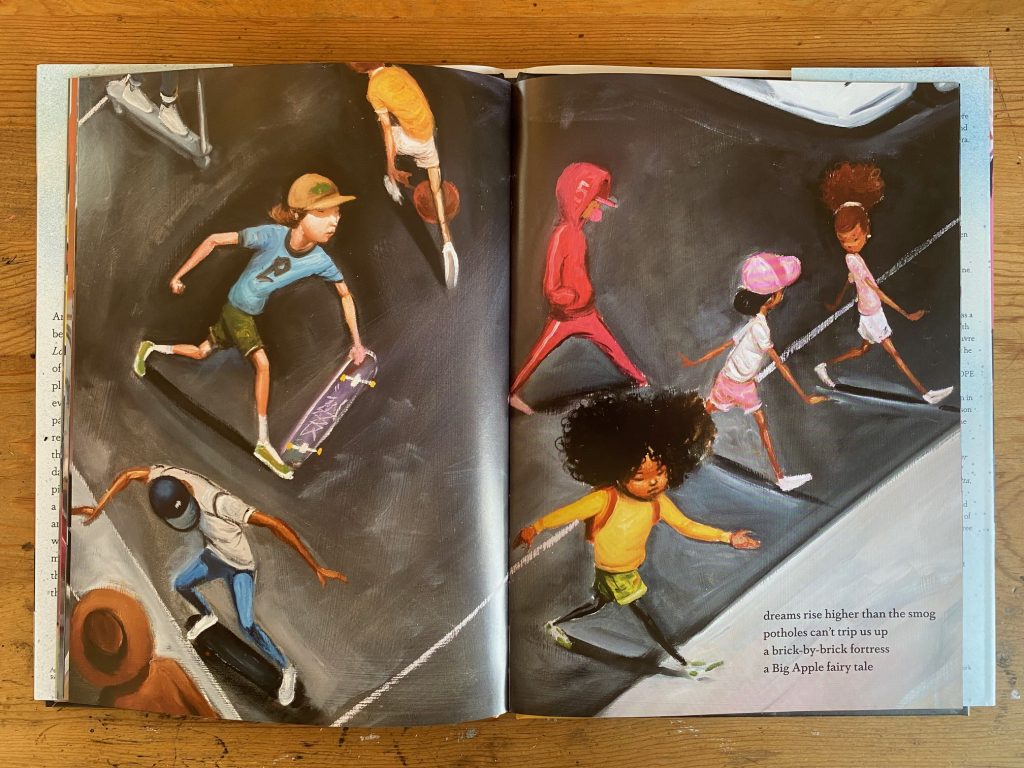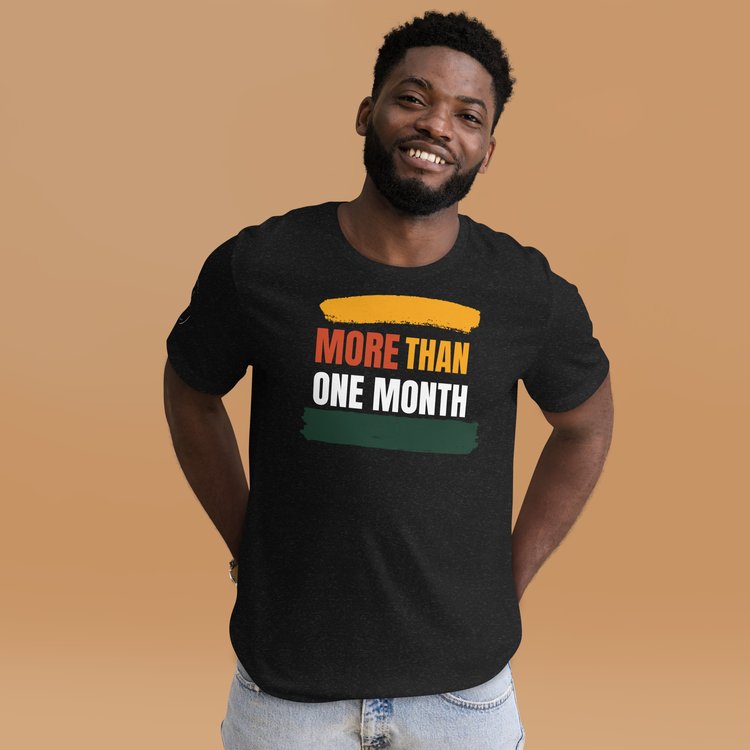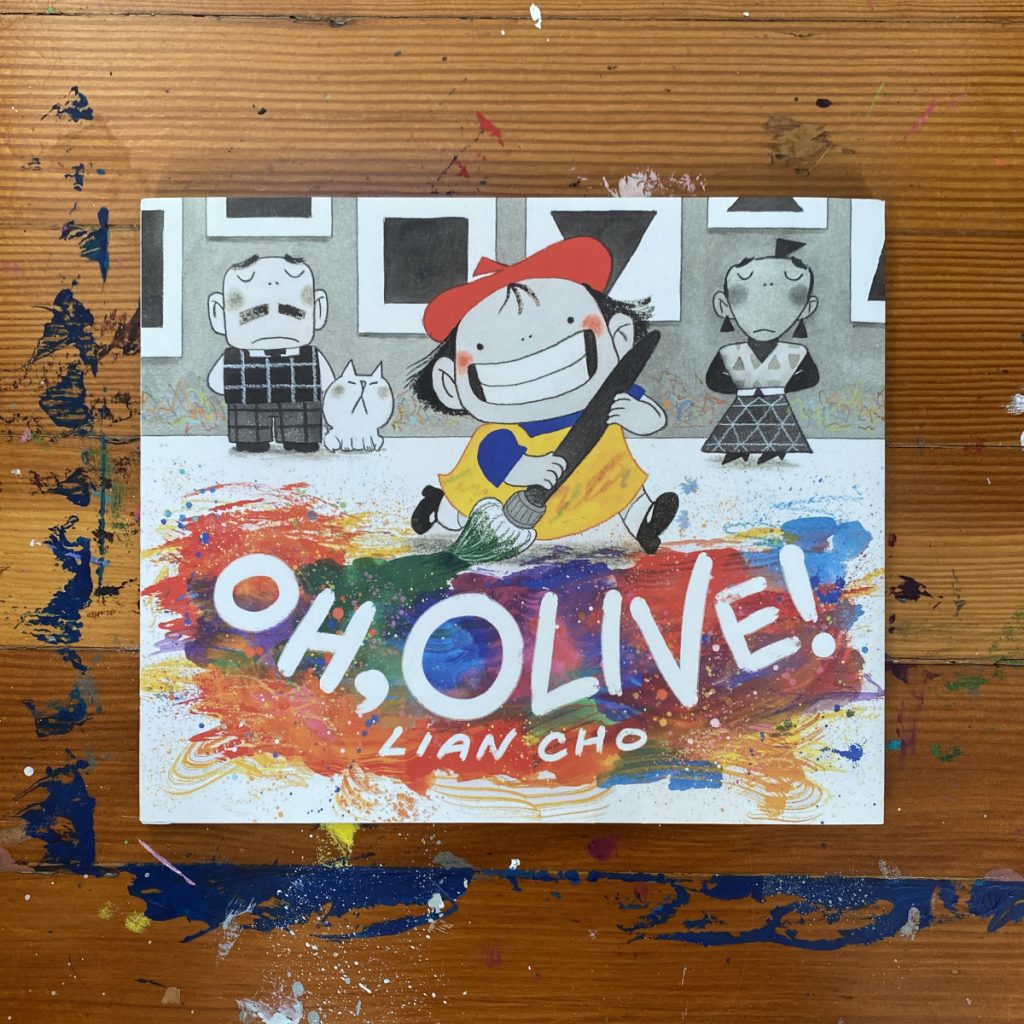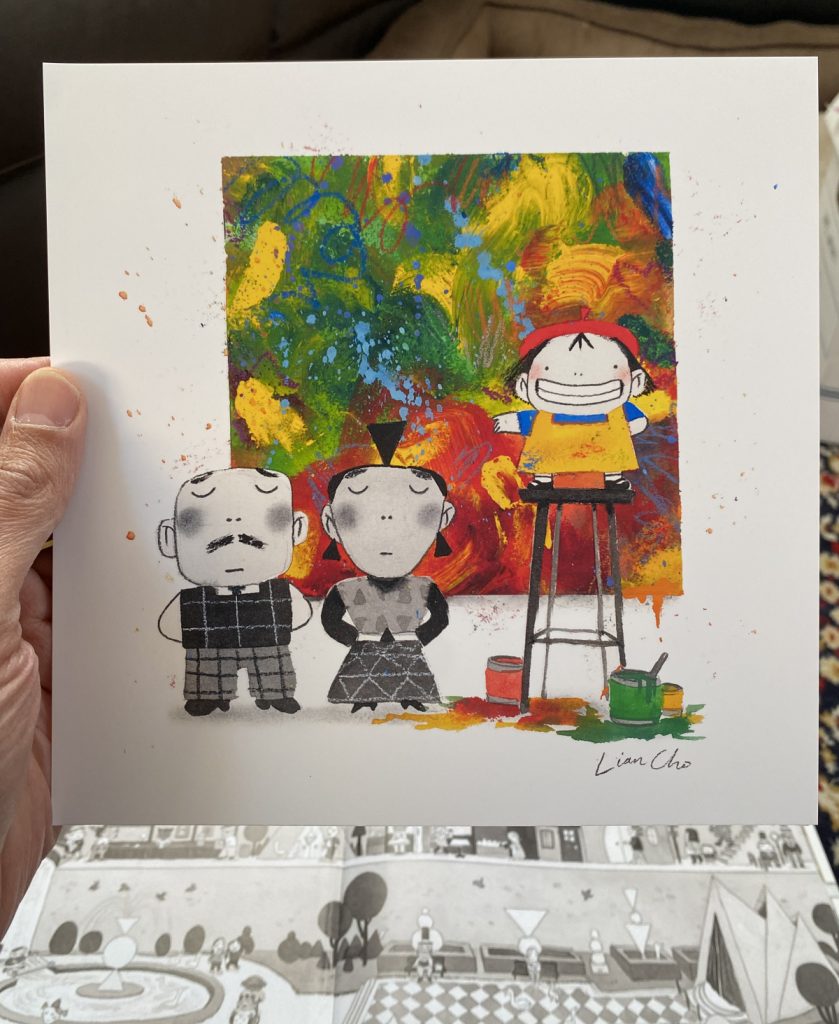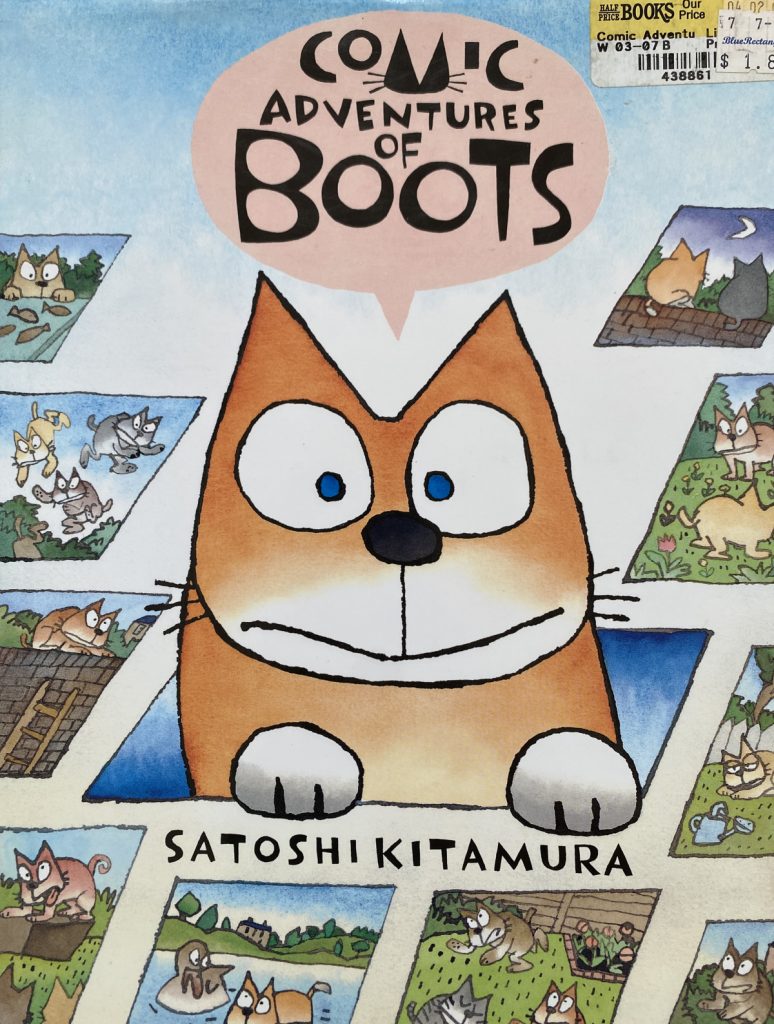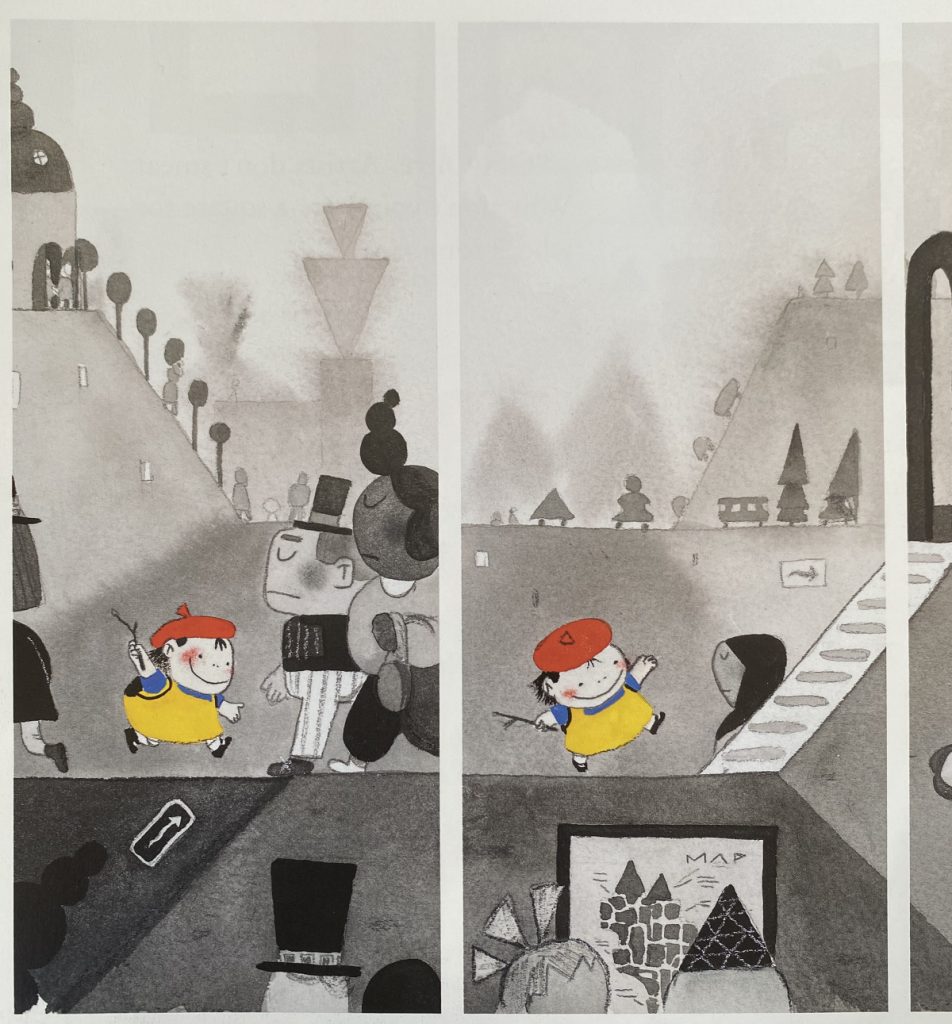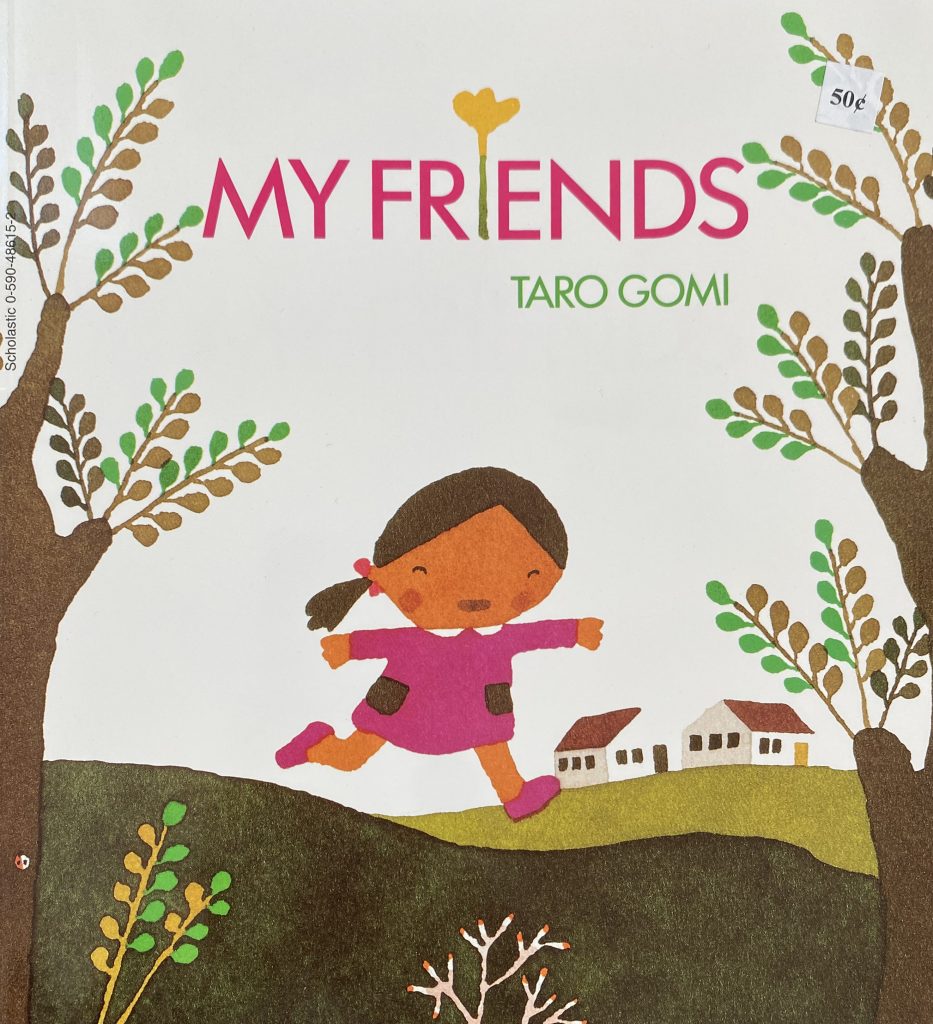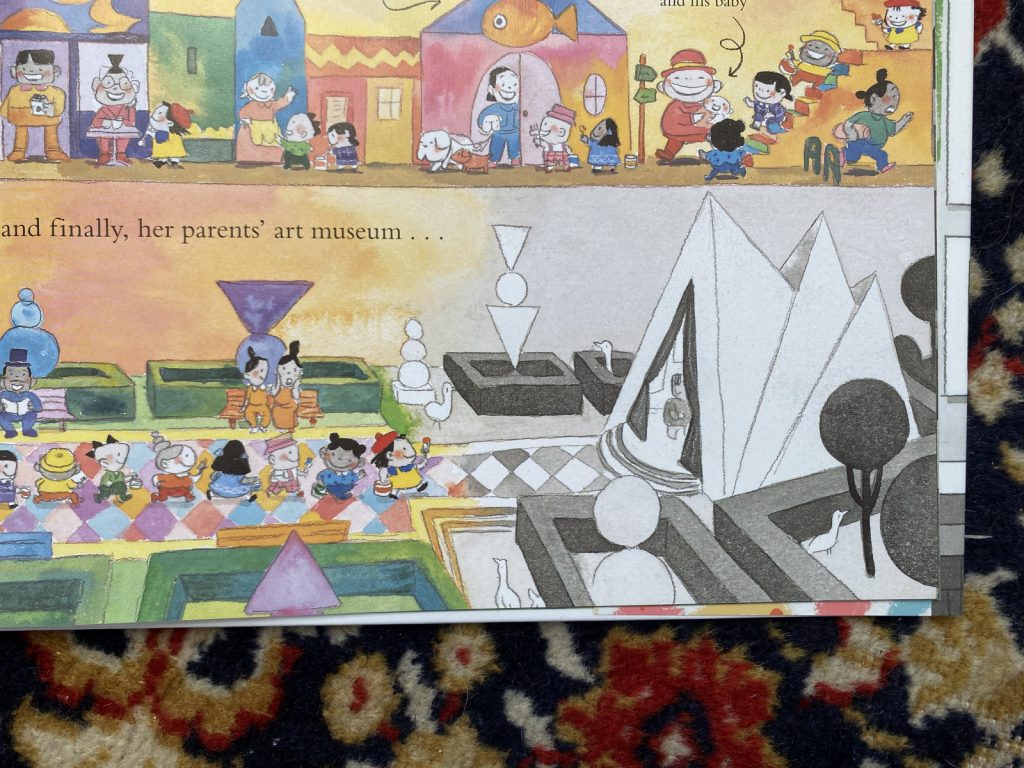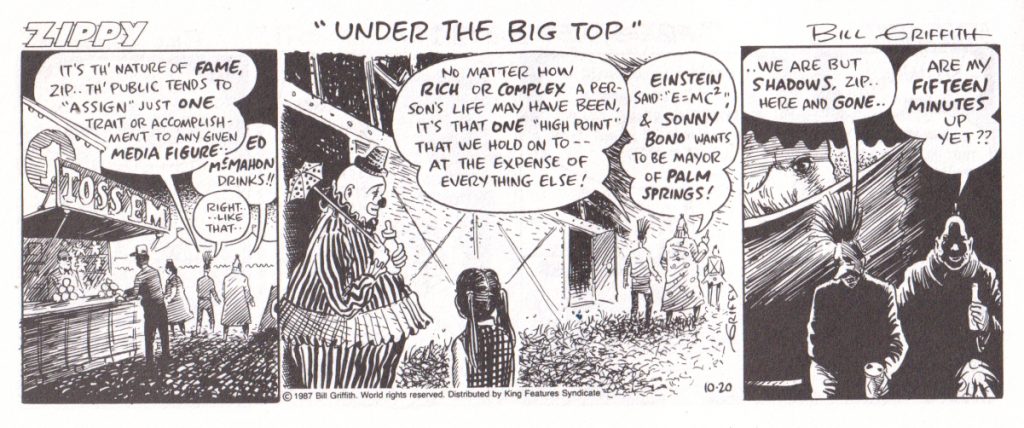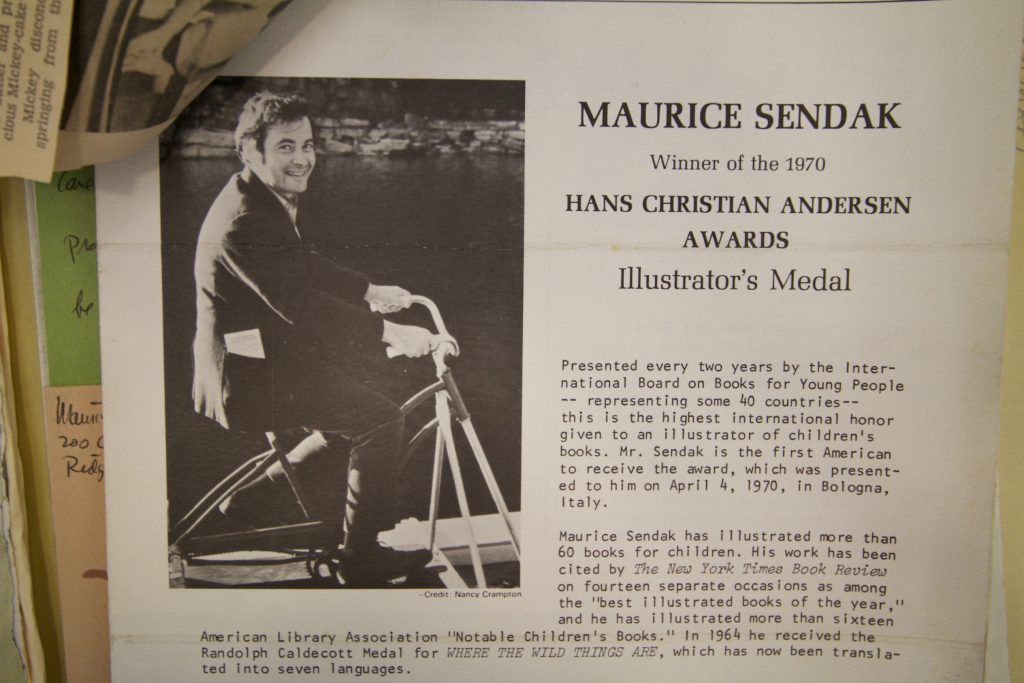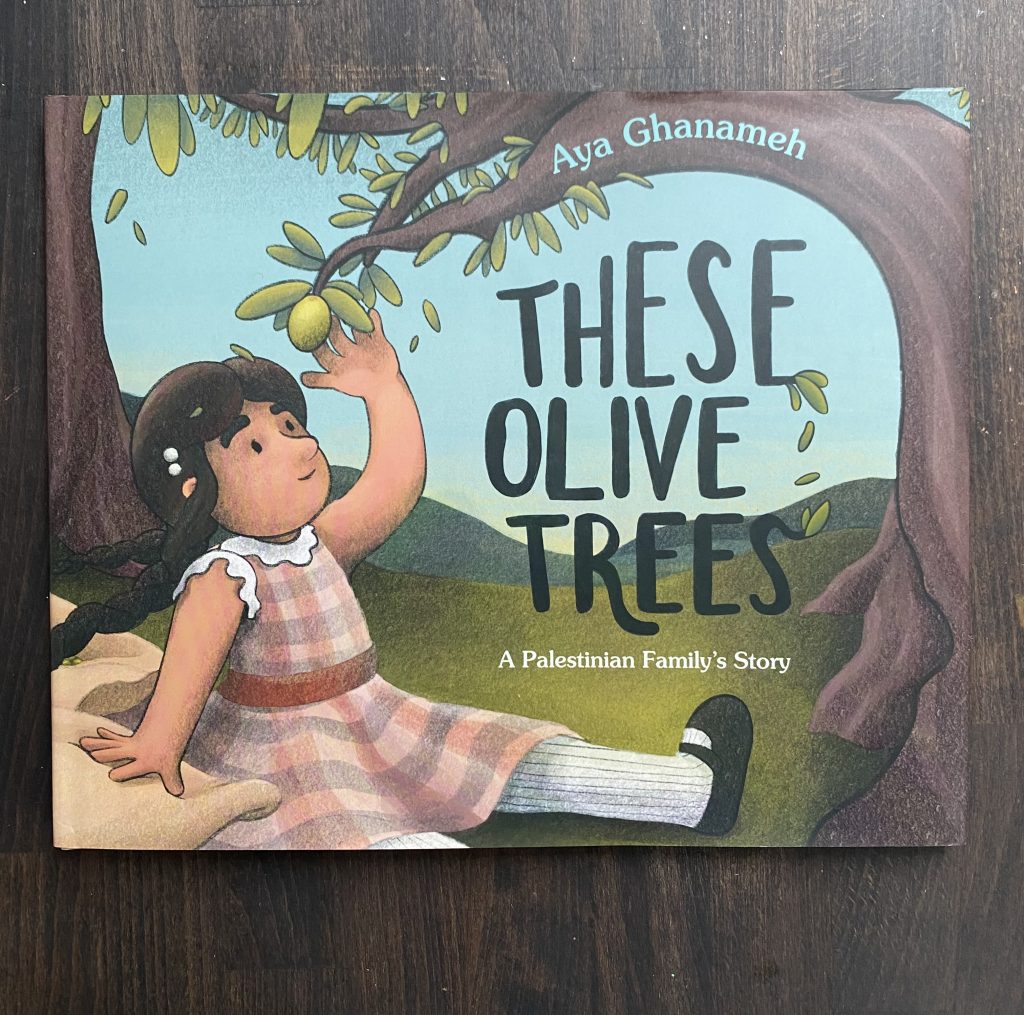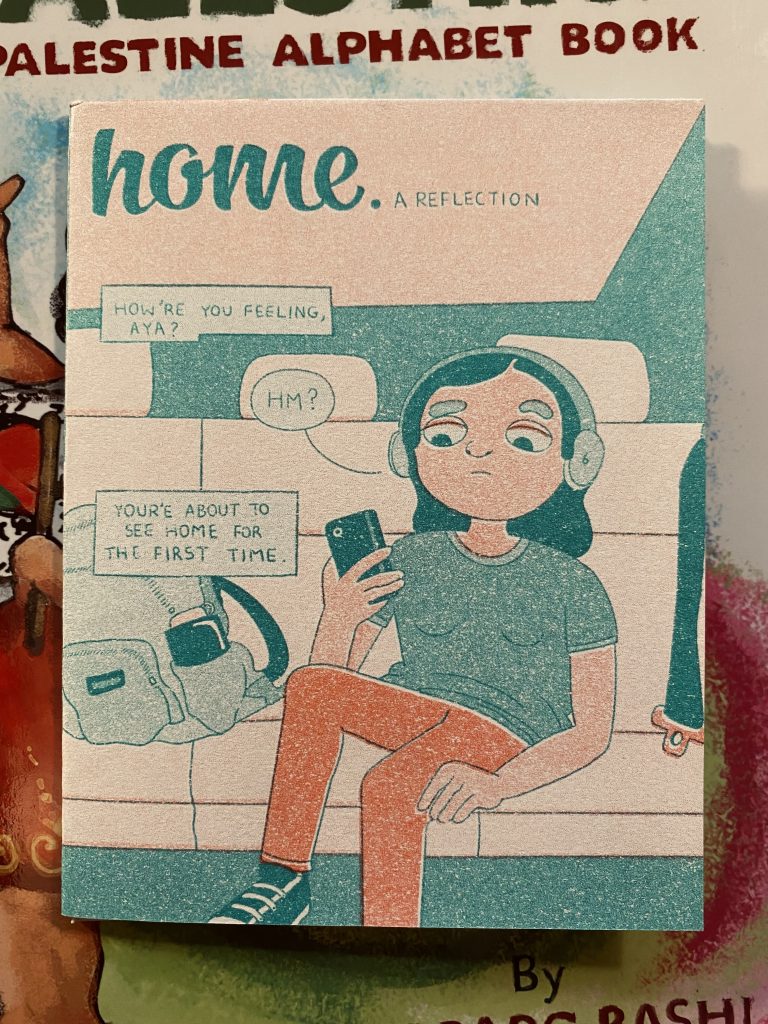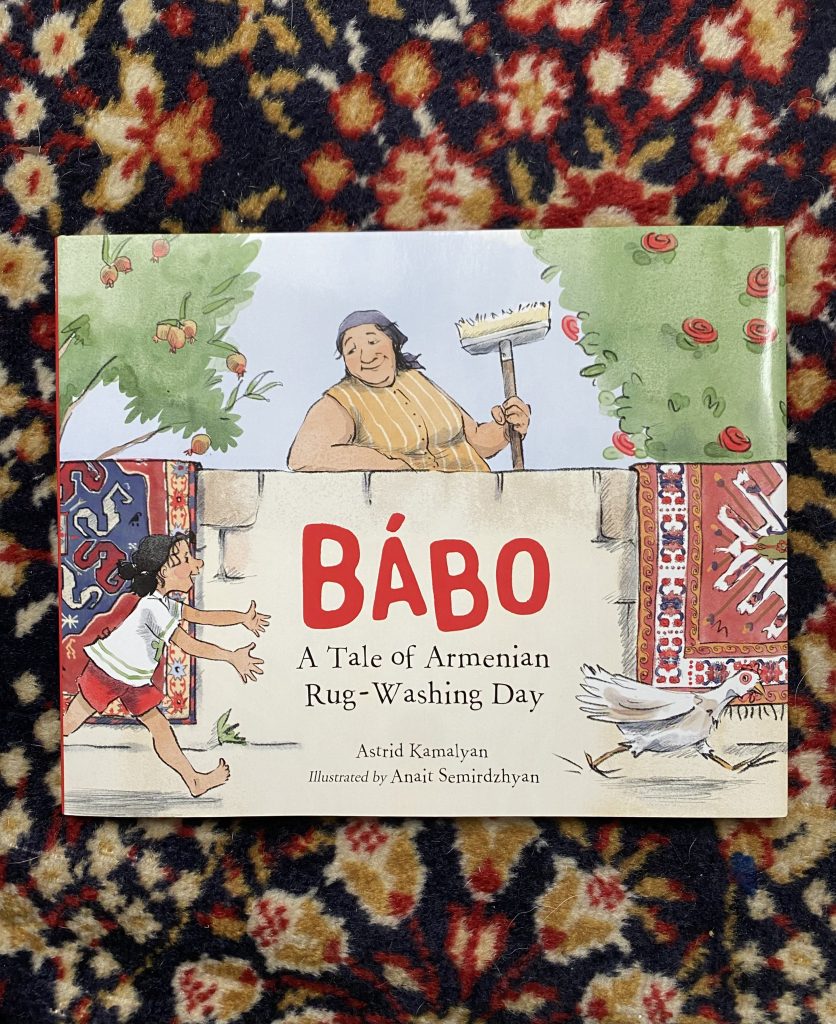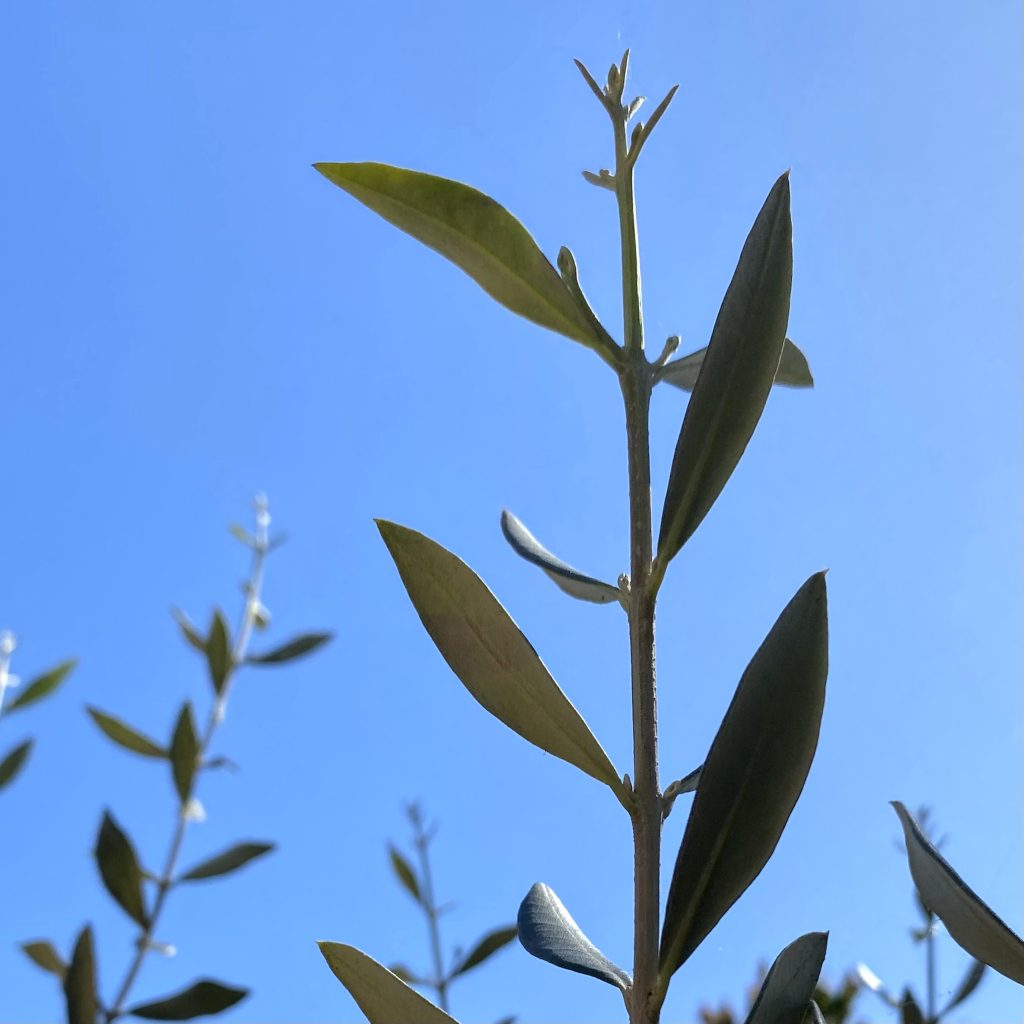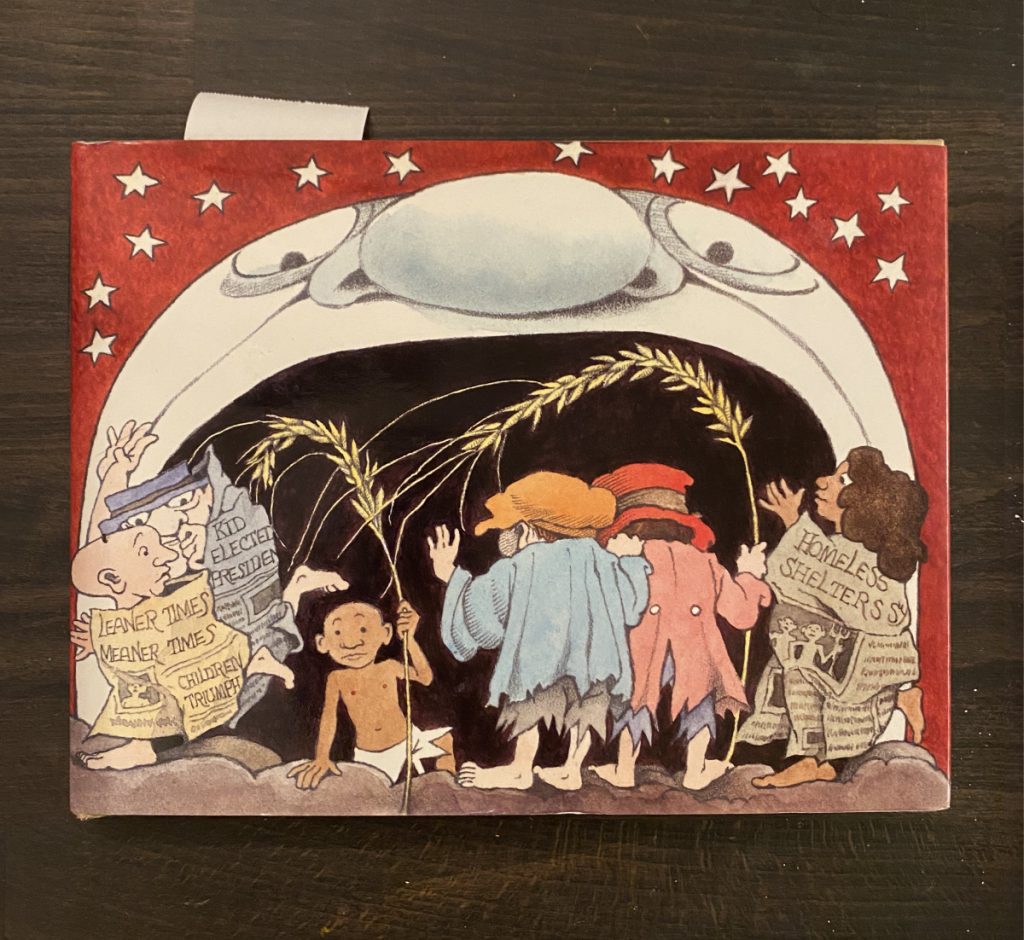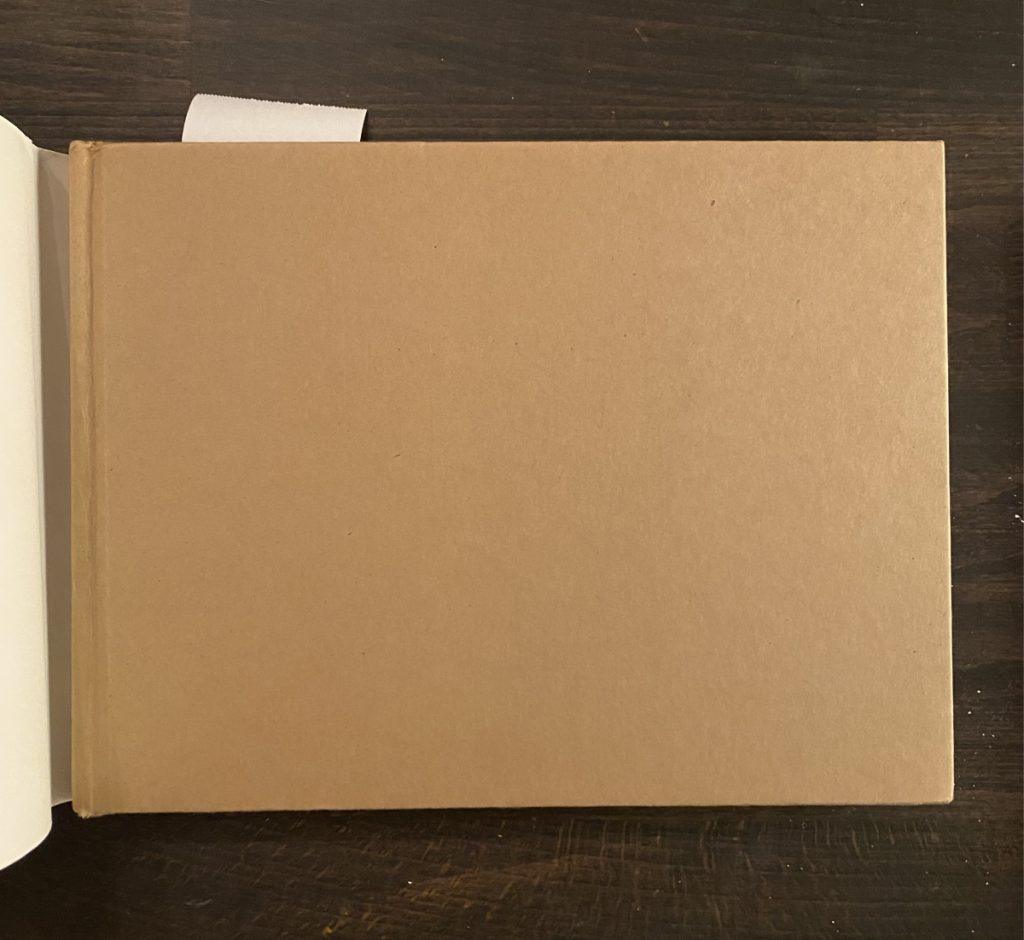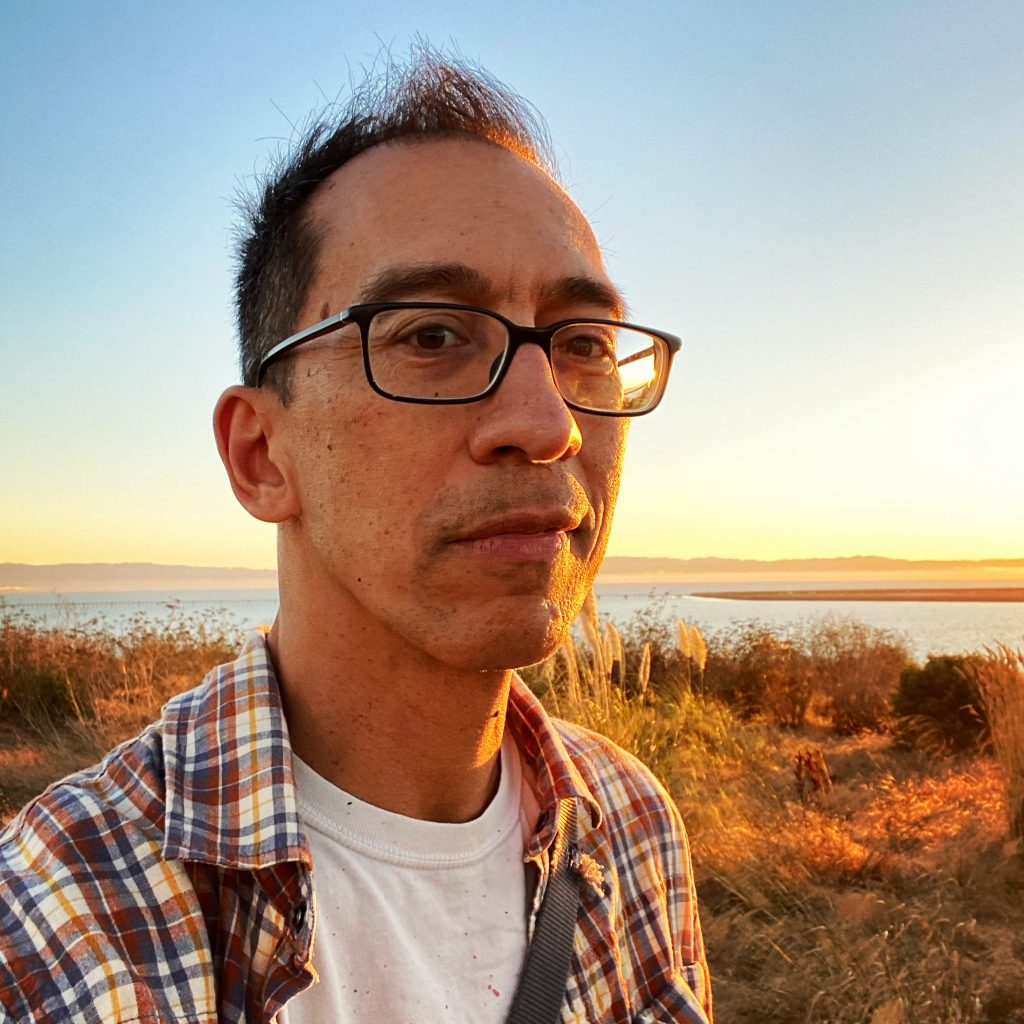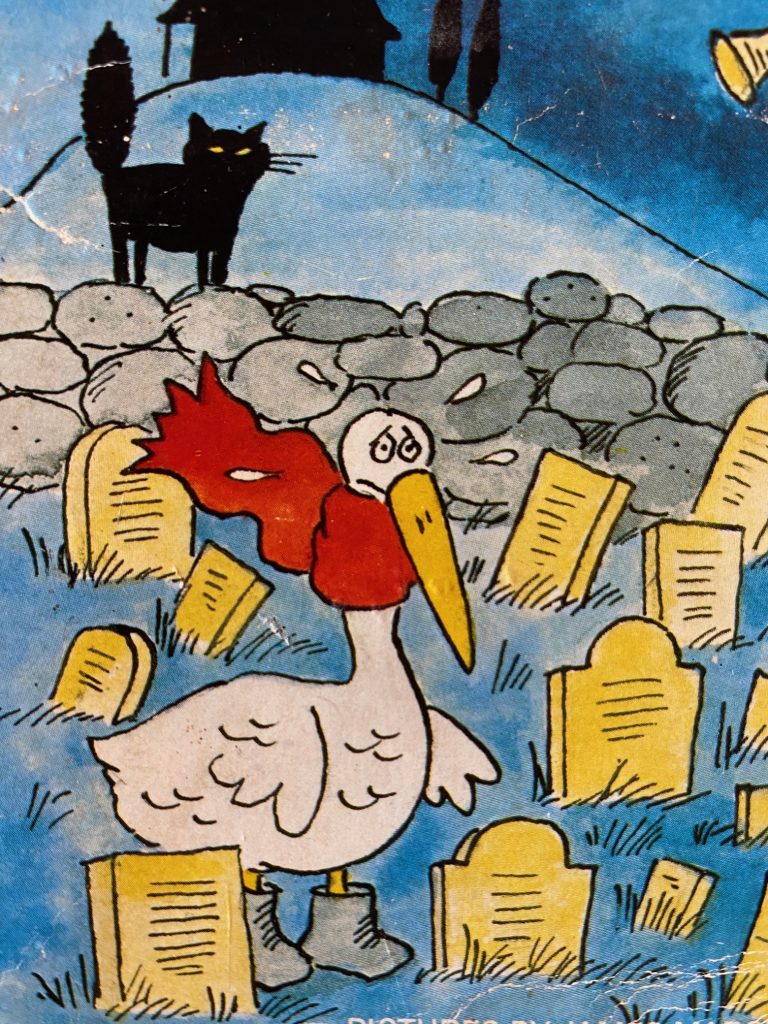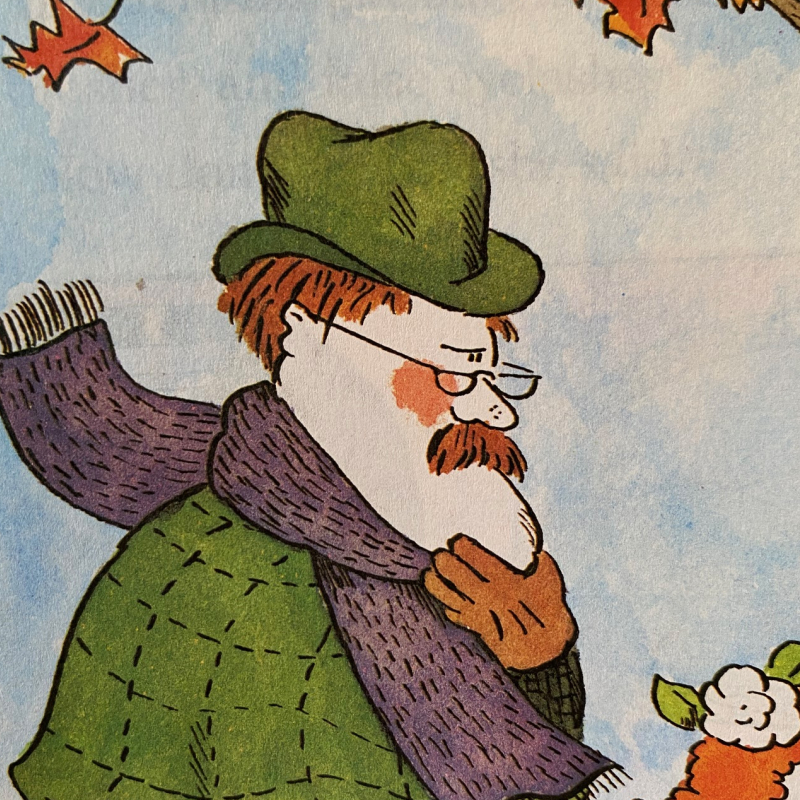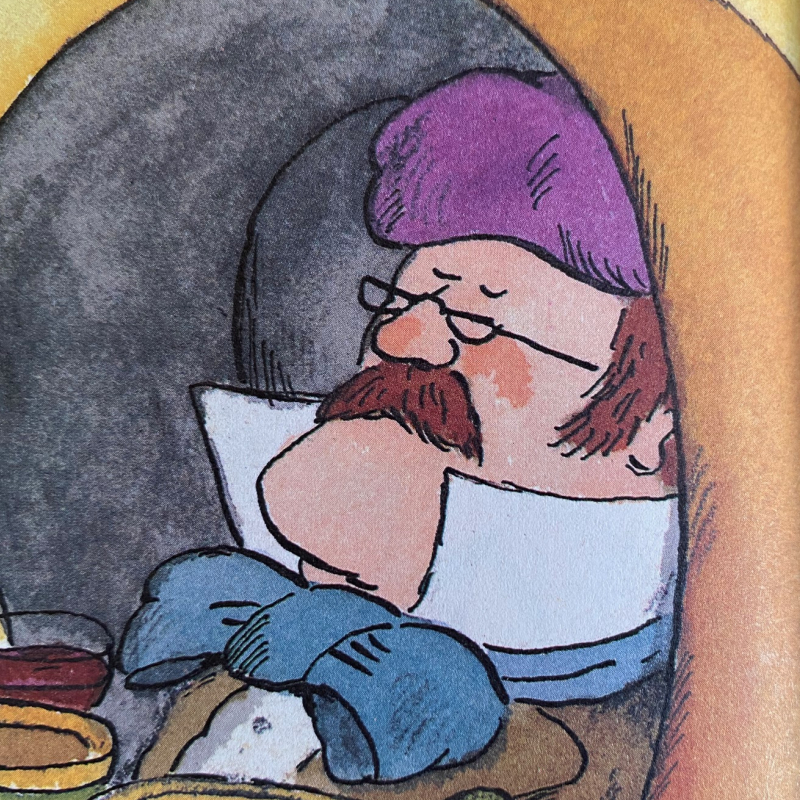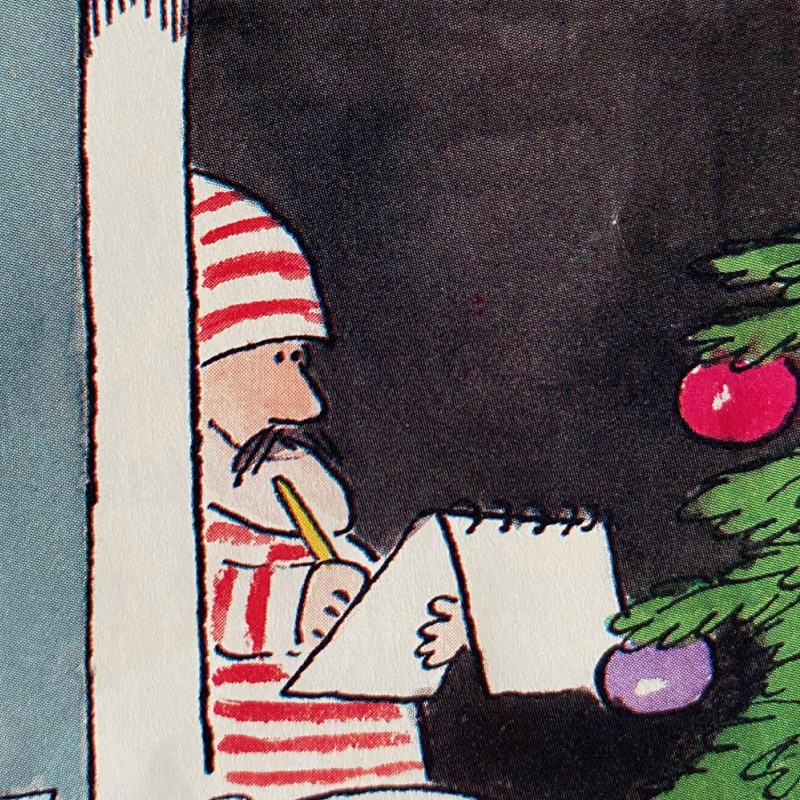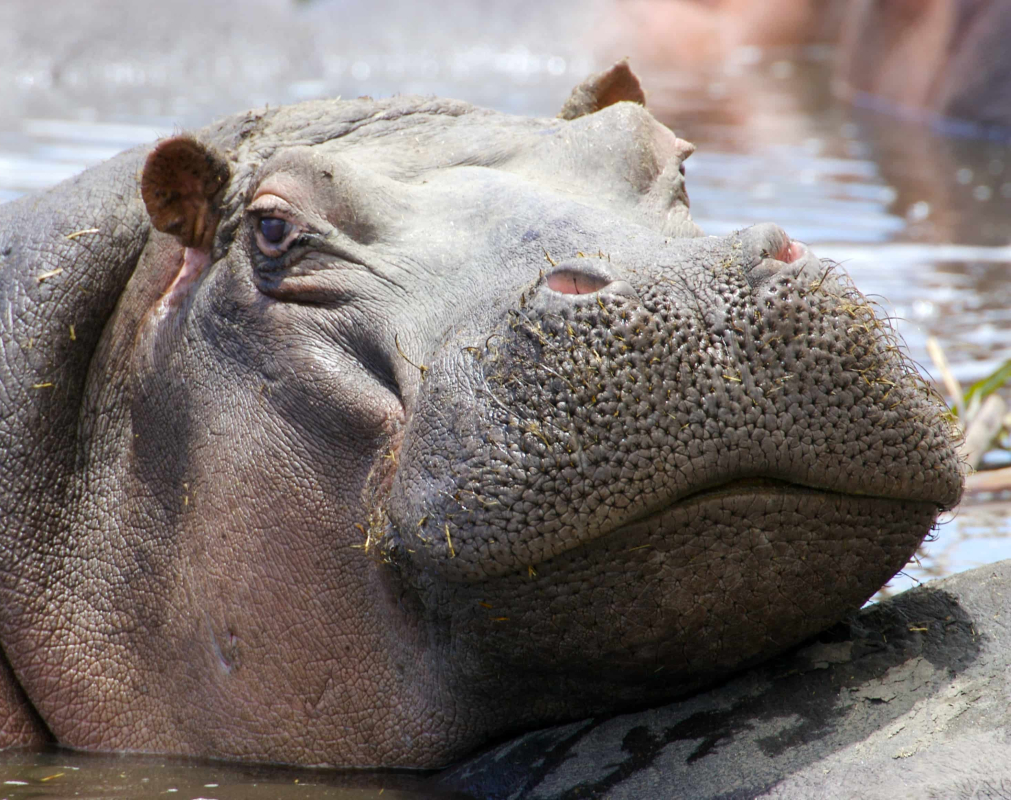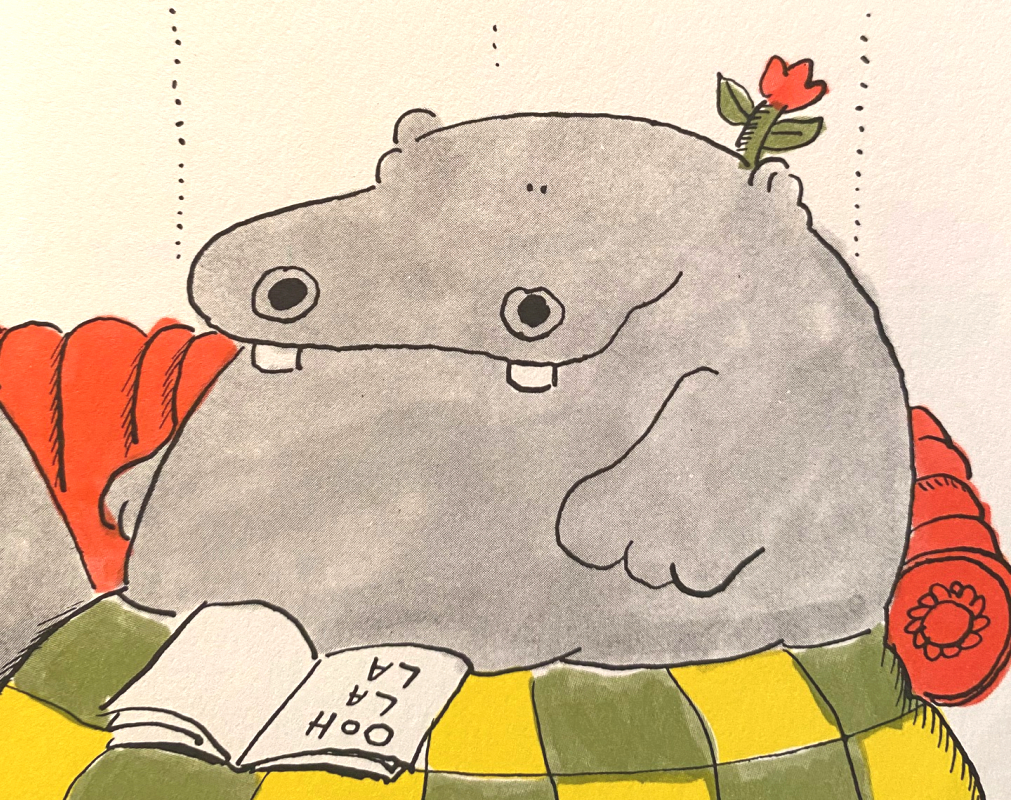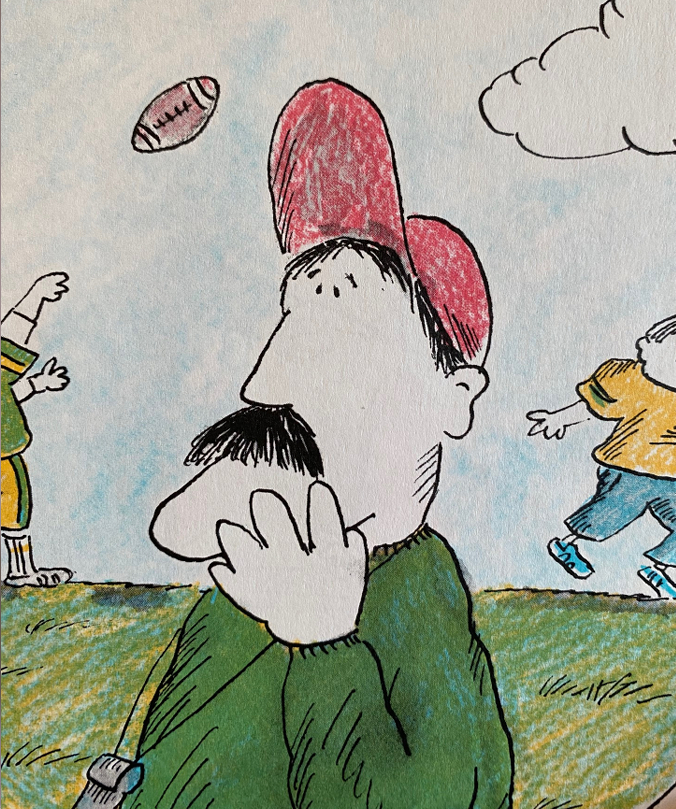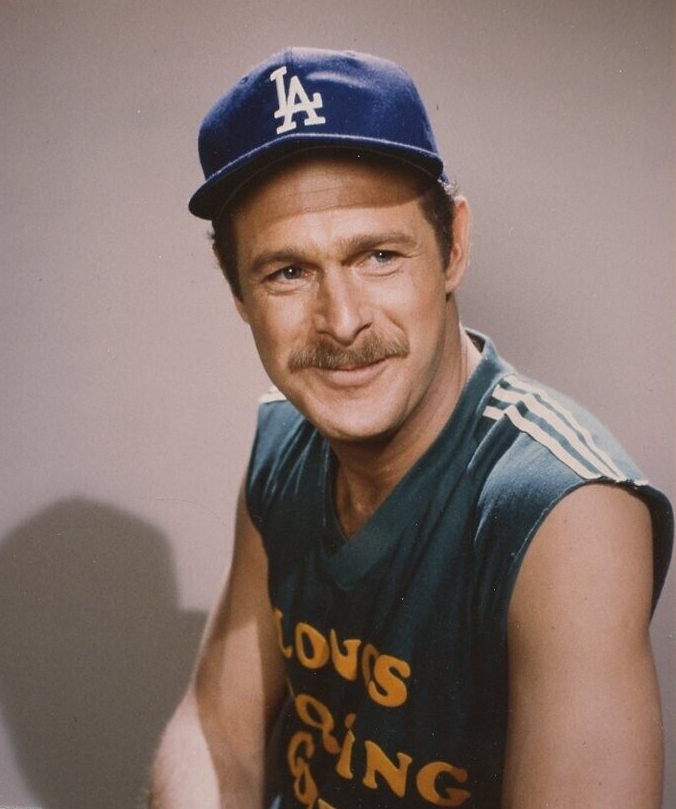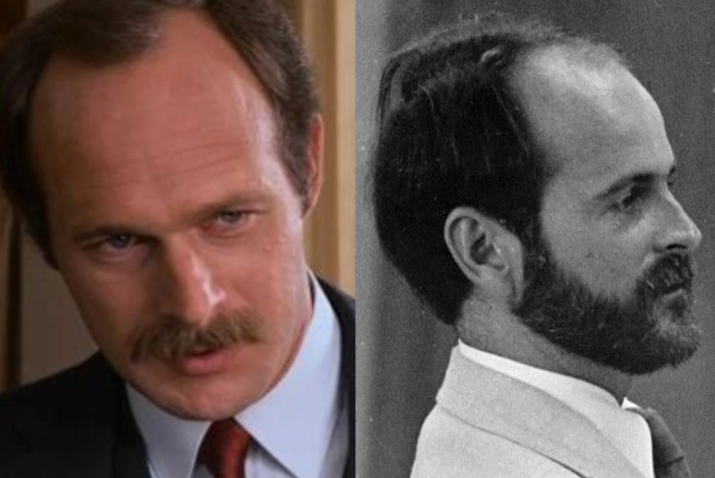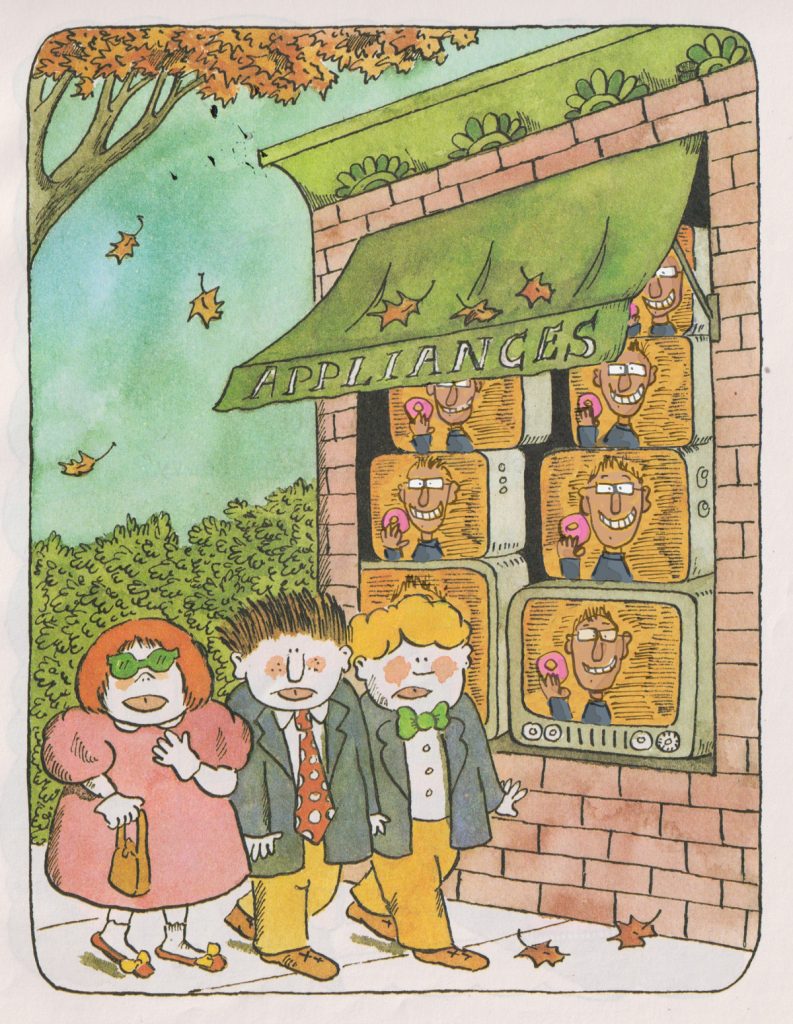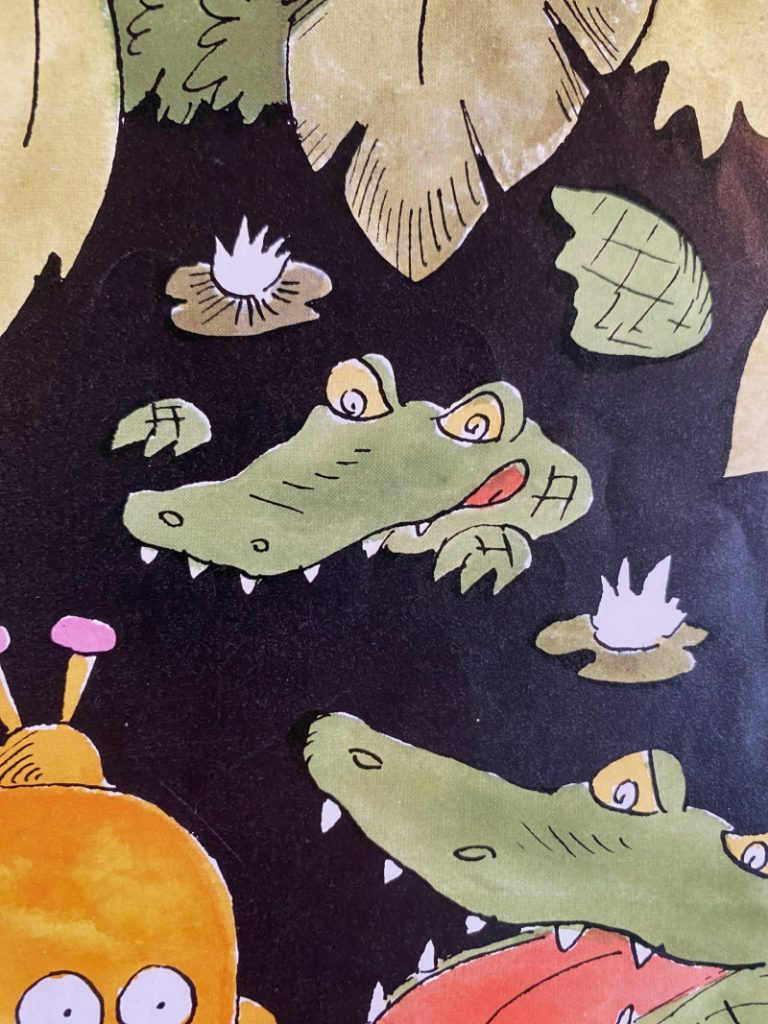How a Pigeon Saved My Life
I’ve been holding a lot of anger lately. Anger at Israel’s continued attack on Palestinians, anger the US’s complicity. Anger at the suggestion that this war is anything but a land grab and genocide. Anger at a world indifferent to suffering. I’ve even felt anger at myself for allowing the naive hope back in January that a ceasefire was near.
I’ve held anger, also, at the feeling hate is taking hold in my heart. In a time where I would love to lose myself in the act of creating, I’m finding more than half my mind taken up with violent arguments against invisible enemies and I wonder more and more if this anger is going to bleed into other parts of my life. I’ve been stalling on making some art for this reason. I’ve had my usual procrastination habits surface, this is nothing new, but among them is a feeling that I’m not presently equal to the task. This is a project I want to fill with love. I’ve been having a hard time connecting to that.
I was sitting with all these thoughts by the water on a stunningly beautiful day yesterday. I had made time to process these feelings (specifically, one hour and twenty minutes… the time I had until my ferry home boarded) and wasn’t really getting anywhere until a pigeon landed on a railing in front of me. My immediate reaction was to smile and say “Oh, hello, beautiful.”
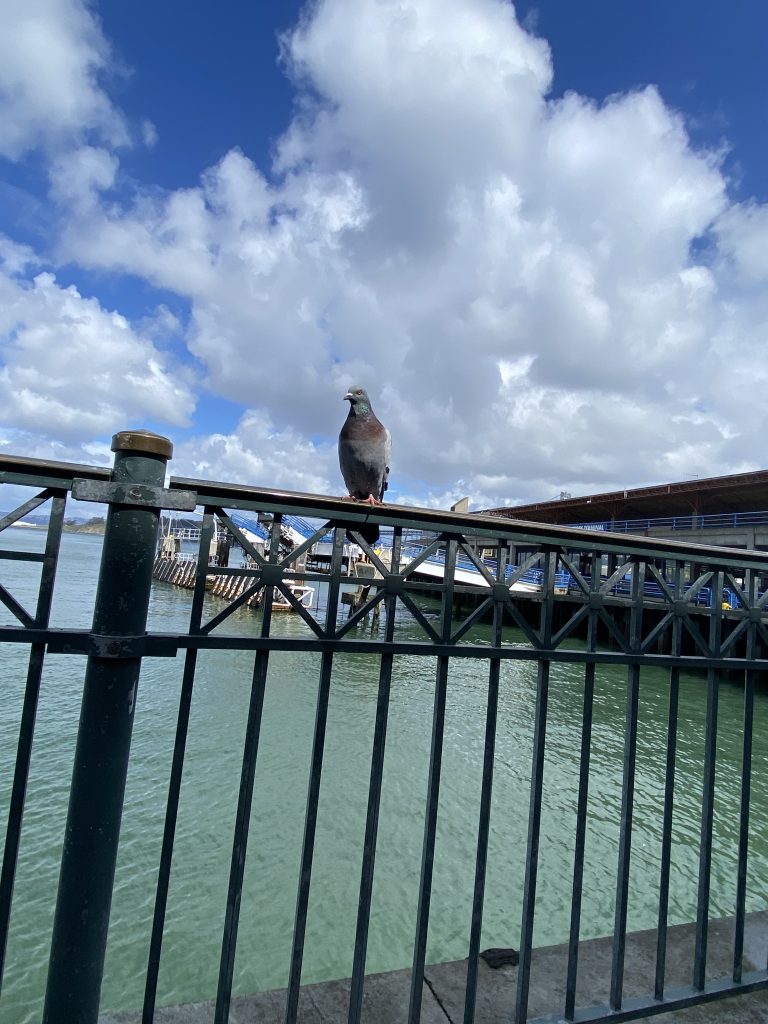
I share this not to impress upon you what a kind and kooky person I am (omg, he talks to pigeons!) but as an acknowledgement that anger and beauty can exist side by side. I’m not quite sure how to express it, except that I’m not any less mad… but I’m not only mad. In that moment where the pigeon landed and looked at me, I felt a connection to this rapacious thing (it was, in fact, after a bite of the sweet potato pie I was holding) and in whatever confluence of colors, sounds, smells and energies that flitted between us in that moment, I felt joy.
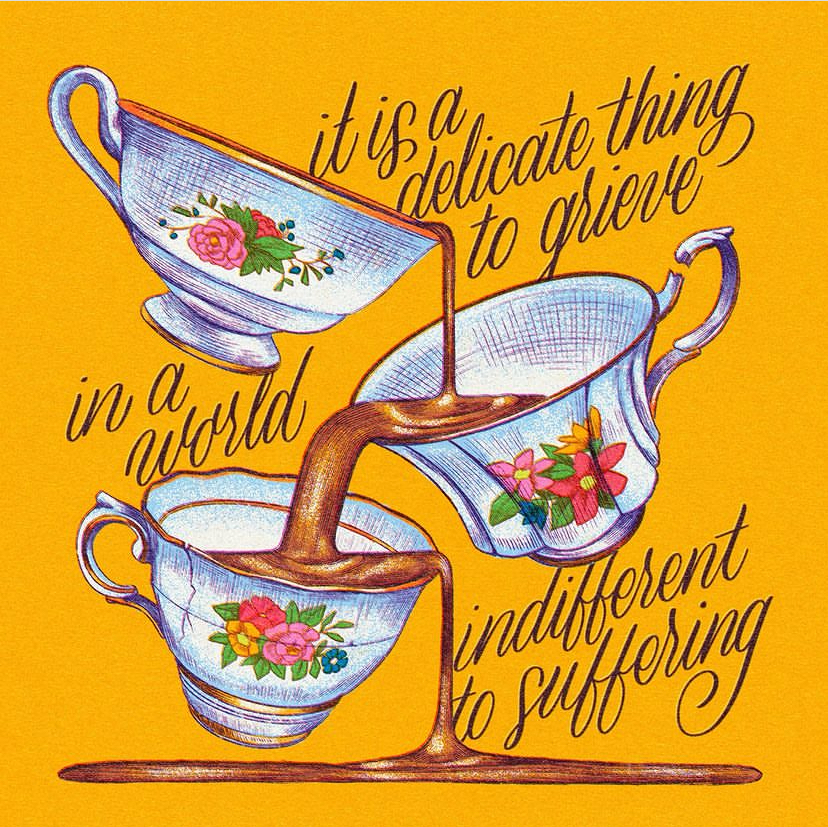
Earlier in the day I came two across two short pieces on grief. Both said, essentially, that Western habits of carrying on and getting back to business as usual are in direct conflict to processing loss. The thought resonated with me and I do feel that I’m stumbling around grief. I don’t know that I’m mourning a loss of innocence—I can’t remember a time in my life, even as a really young kid, when I wasn’t acutely aware of injustice—but I do feel like I’m mourning a world that should know better. And, ultimately, if I’m angry at anything, it’s at a group of people in power who refuse to admit that they are massacring a population of indigenous people for some highly coveted land. I’m angry that this is, actually, business as usual and angry that the people in power are happy to pretend it’s not.
Surprisingly, I realize I can live with this anger. It’s specific, it’s justified, and it’s finite. It can hang with me and the pigeon and the sweet potato pie on that bench by the bay until such a time that it’s (oh blessed day) irrelevant. At which time I’ll release it. Happily.
It’s going to be a delicate thing, working on the project I mentioned (the one I hope to fill with love), but such is life.
Playing now: PEACE PIECE, Bill Evans
